Alone at the end of the world
A postcard from Scotland's Isle of Skye
On The Cusp is about becoming the next version of ourselves. That means experimenting with the breadth of our interests, exploring the depths of anything that captures our imagination, and learning to embrace uncertainty along the way.
Welcome! This is letter #64.

If you’ve spent time on America’s highway system, you know about wide-open spaces. Drive for an hour or two away from any major metropolitan area and you’ll find yourself surrounded by corn, wheat, soybeans, an astounding expanse of blue sky, your own thoughts, and not much else.
But as big as this country is, and as lonely as vast swaths of its landscape are, if you keep driving, you’re always bound to hit civilization again. On Scotland’s Isle of Skye, things are different.
In Ina Garten’s memoir Be Ready When the Luck Happens, she describes the formative summer of 1971, which she spent camping around Europe with her new husband Jeffrey. “Following a roundabout route, we headed for the romantic-sounding Isle of Skye,” she writes, “which in fact felt like the end of the world.”
My eyes widened with recognition: this was the exact thought I’d had over and over again during my four days in Scotland’s Inner Hebrides. This feels like the end of the world.
In America, you can spend days driving through lonely countryside, but the small towns do eventually get bigger again. On Skye, the small towns get smaller, then smaller still. Then they become nonexistent, and the highway you’re driving on peters out into a narrow ribbon of harrowing, potholed singletrack. That’s when you start feeling like you’re completely alone in the world—and about to hit the edge of it.
This feeling was inescapable as I drove out to Neist Point Lighthouse.
The Scottish countryside was begging to be photographed: flashes of wet stone, lush grass, and moss the color of burnt umber, then rain-soaked hills and cliffs giving way to blue-gray ocean. Whitewashed cottages dotted the small farms called crofts, each of them holding a family—even though there wasn’t a soul in sight.
But it was far too dangerous to stop on the singletrack and snap a picture, so the only evidence of that drive remains as a memory. On Skye’s most remote roads, you have to live like a shark: keep moving or face the consequences.
After two hours of driving with my heart in my throat, I reached the lighthouse, which teeters on a cliff at the end of a rocky outcropping that towers over visitors like a skyscraper.
The path toward the lighthouse was stable and well-built, but the stairsteps tilted away from the mountainside they were built upon at such a distressing angle that I felt like I was falling off the face of the earth.
I didn’t just feel alone on Skye—I was alone.
My boyfriend began feeling sick as we made our journey from Edinburgh to Skye, and the timing of his illness meant I’d be flying solo for the duration of our time on the isle. (Thank goodness for room service, my newfound obsession with Boots pharmacy, and this jaw-dropping hotel room view: the tiny jewel-box town of Portree.)
Every morning between 7:30 and 10, I plodded downstairs with heavy eyelids into the quiet murmurs of the dining room. I sat alone at a table for two, gazed through the plate-glass window at the sailboats dotting Portree Harbor, and sullied my white tablecloth with the coffee dribbling down the front of my ceramic mug.
My solitude inspired care and affection in the servers who delivered my meals; they addressed me as “darling” and “lovely” as they slid waffles topped with berry compote (or pancakes with a side of bacon) onto the place setting in front of me. As I chewed, I mapped out the day’s adventure.
Other hotel guests had booked sightseeing tours, where they could socialize with other passengers while enjoying Skye’s wild landscapes from the chauffeured comfort of a passenger van.
Me? I decided to white-knuckle each day’s drive in lonely silence. I was too conscious of staying alert to my surroundings to turn on the radio, and too intrepid (or proud, or stubborn) to farm out the driving duties to anyone else.
Whether I set out to hike the Old Man of Storr, explore the rest of the Trotternish Peninsula, visit Dunvegan Castle, or tour the strikingly remote Skyeskyns tannery, I might have been the only passenger in my car—but I wasn’t really alone, not when you counted all the sheep involved.
Rick Steves writes of Skye that “the island seems to have more sheep than locals,” and I wouldn’t be surprised if that were true. Every hillside was adorned with puffy white dots, and they grazed alongside the road mere feet from my rental car. Sometimes they even fell asleep on the shoulder, forcing passersby to slow to a crawl, nudge the noses of their cars away from their dozing bodies, and inch cautiously on by. Most hiking trails featured fences with gates to keep them on the correct side of property lines.
In her memoir, Ina Garten described her encounters with Skye’s sheep like this:
Darkness fell, and the road was eerily empty. I searched my map, but there didn’t seem to be any campsites in the area, so we just pulled over by the side of the road and set up our tent in a nearby grassy area. … The sun came up very early in Skye, and by four thirty a.m. the tent was boiling hot and glowing like a space orb. Then we heard strange noises coming from outside. A chorus of ‘baaa, baaa, baaa.’ We peeked through the opening and saw what we’d missed the night before. We were in a field, and our tent was surrounded by a flock of very curious—and very loud—sheep. They watched with great interest as we dismantled the tent, packed up the car, and made our getaway.
Within a few days, I started to feel like the sheep were keeping me company.
I chose to visit Skye because of a conversation with my late mother. When we arrived, my boyfriend expressed his hopes for my visit from his sickbed, nursing a cup of hot tea with honey between words.
“I want you to spend time with your mom here,” he said.
Originally, I had wanted to be in Scotland on Samhain, when—in Celtic pagan lore—the veil between the physical and spiritual worlds is at its thinnest. But it turns out that I didn’t need to wait until Halloween, because visiting Skye’s Fairy Pools offered a mystical experience even on this arbitrary late September afternoon.
The River Brittle runs from the imposing Cuillin mountain range into a verdant glen below, leaving a trail of burbling waterfalls and glimmering pools—the Fairy Pools—in its wake. I visited at golden hour, when the scene was bathed in warm glowy light, and small groups of friends gathered by the pools to swim in the cold, clear water.
It’s said that the Fairy Pools are also a gathering spot for selkies, those mythological creatures who can take either human or seal form by wearing or shedding their sealskins. When I was little, my mom and I read Susan Cooper’s retelling of this age-old myth, The Selkie Girl, with its evocative illustrations by Warwick Hutton.
The book begins like this: “The islands rise green out of the sea, where the waves foam over the grey rocks, and strange things may happen there.”
It tells the story of Donallan, a lonely crofter living with his dog (Angus), his cat (Cat), and—of course—a handful of sheep. One day, he spots three beautiful sisters singing on the beach: a redhead, a brunette, and a blonde. When they spot him, they grab their sealskins and flee into the waves.
Donallan recounts the selkie sighting to his neighbor, and admits that he’s fallen for the blonde. The old man tells him how to trap a selkie into staying with him: steal her skin when she’s not looking and hide it—never destroy it. But he concludes with a warning: “A wild creature will always go back to the wild, in the end.”
So Donallan traps the blonde selkie, who becomes his wife and the mother of his children, but she stops smiling, and she stops singing. Years pass, and one of her children finds Donallan oiling the sealskin; not understanding its significance, they take their mother to it.
Sealskin in hand, their mother brings them with her to the sea. She tells them of their half-siblings who live in the waves, and that she must go. But she says, “I shall always be here, watching over you, whether you are in the islands or on the sea. I promise you. And every year, at the seventh stream of the flood tide in the spring, you will all see me as I am now.”
When I wrote about wanting a place to find my mom, I hadn’t yet become acquainted with the Fairy Pools. But in some strange way, as I stood there in the quiet early evening light, I felt like she had sent me to this place: a place where women are acquainted with their wildness, and where children might find their mothers even after they’ve gone.
Are you following along with my year of pizza on YouTube? Here’s the latest installment of the In Depth Cookbook Club! ⬇️
Step into my kitchen, where I’m making the Caramelized Leek and Potato Pizza with Chive Cream (p. 113) and the Mixed Greens Salad with Roasted Pears, Blue Cheese, and Candied Walnuts (p. 115) from Alexandra Stafford’s wonderful cookbook Pizza Night.
As always, I’d love to hear from you. What’s captured your imagination lately?
Warmly,
Maddie





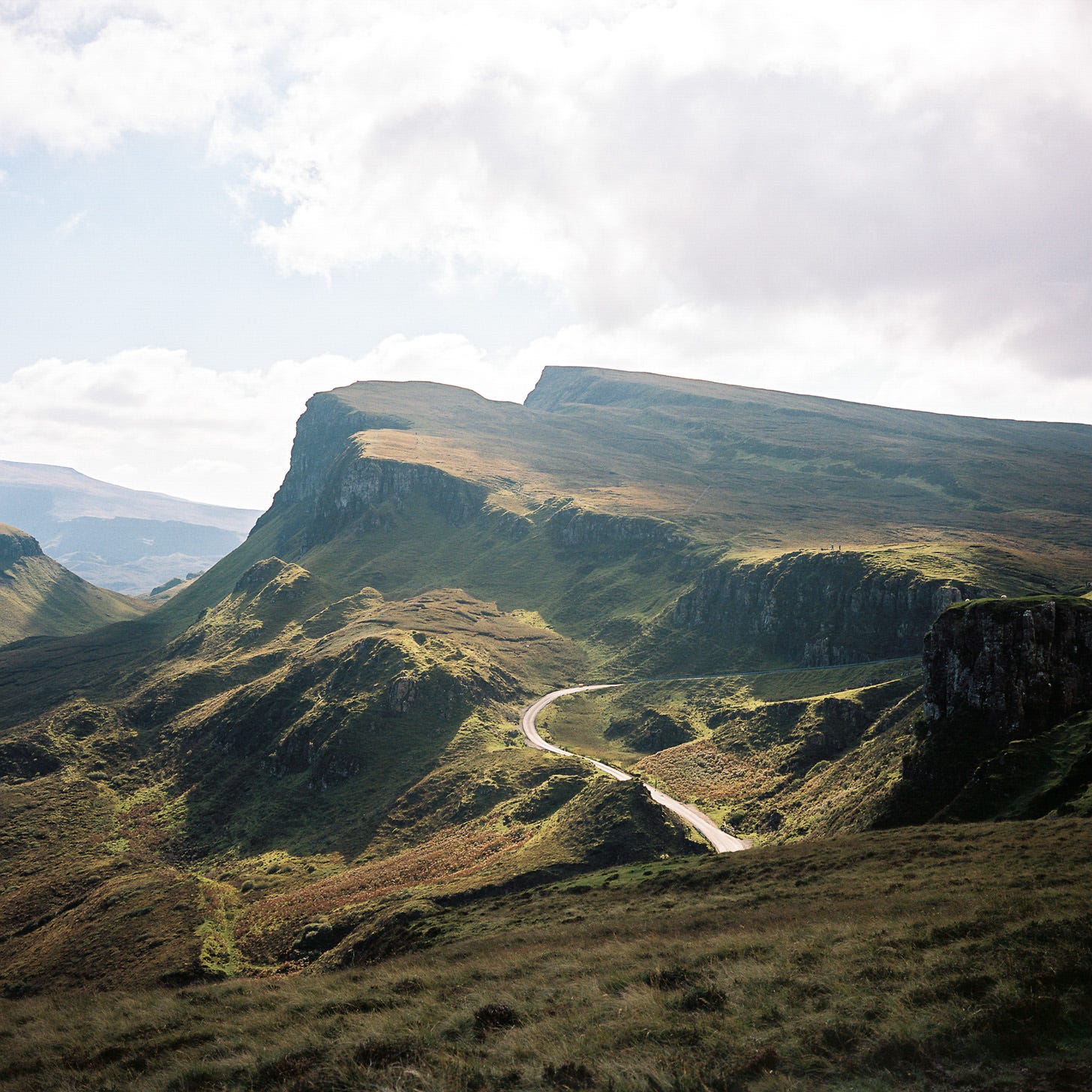
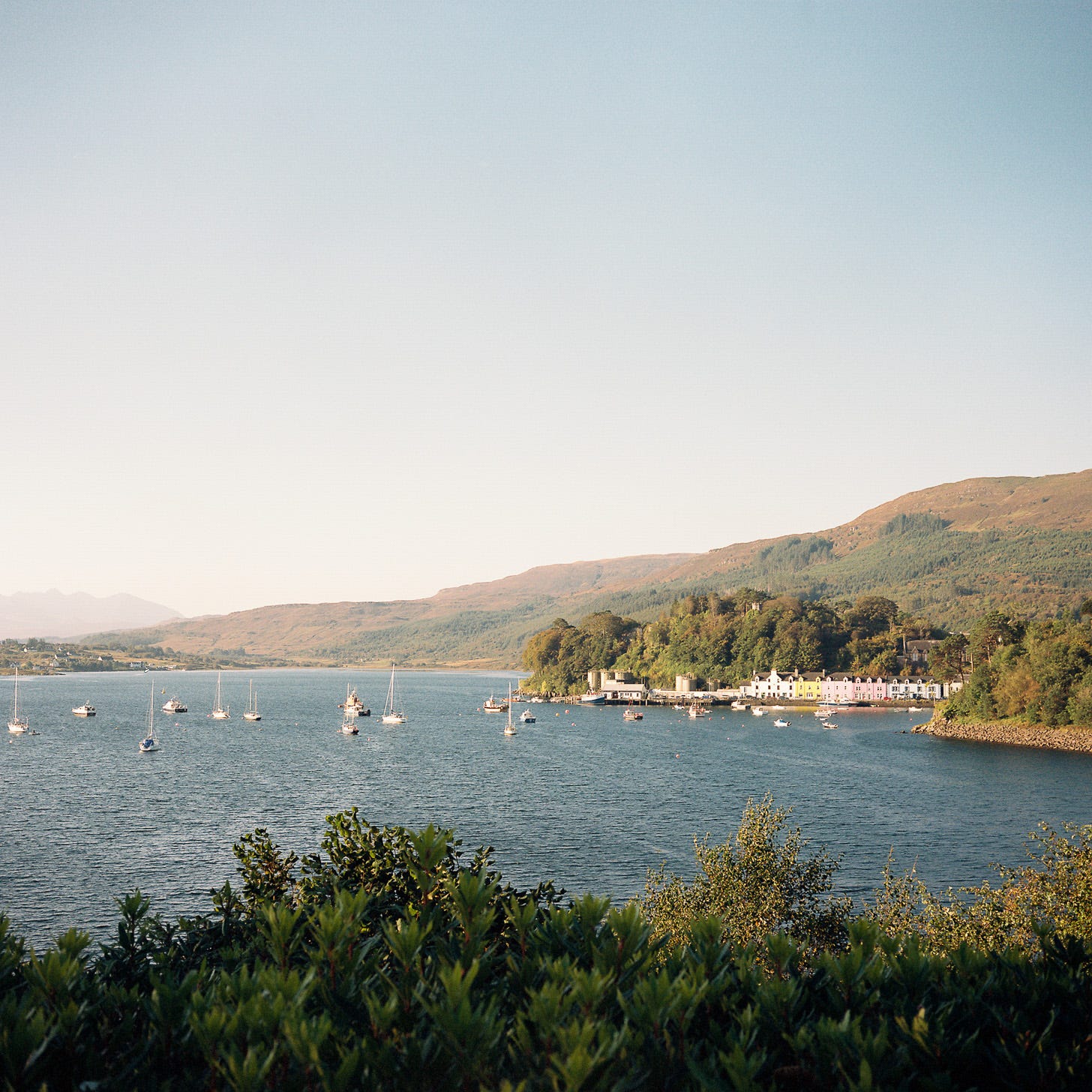
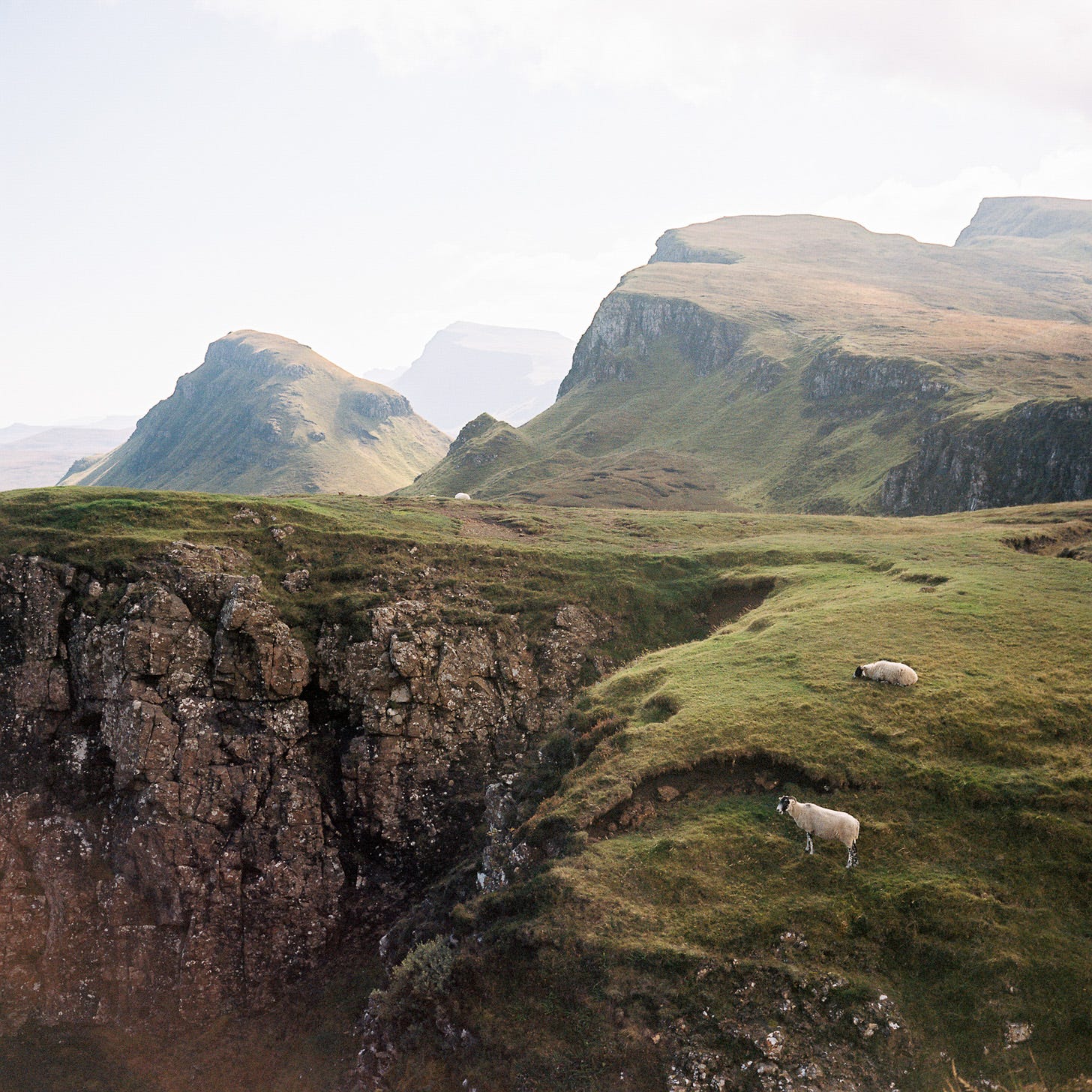
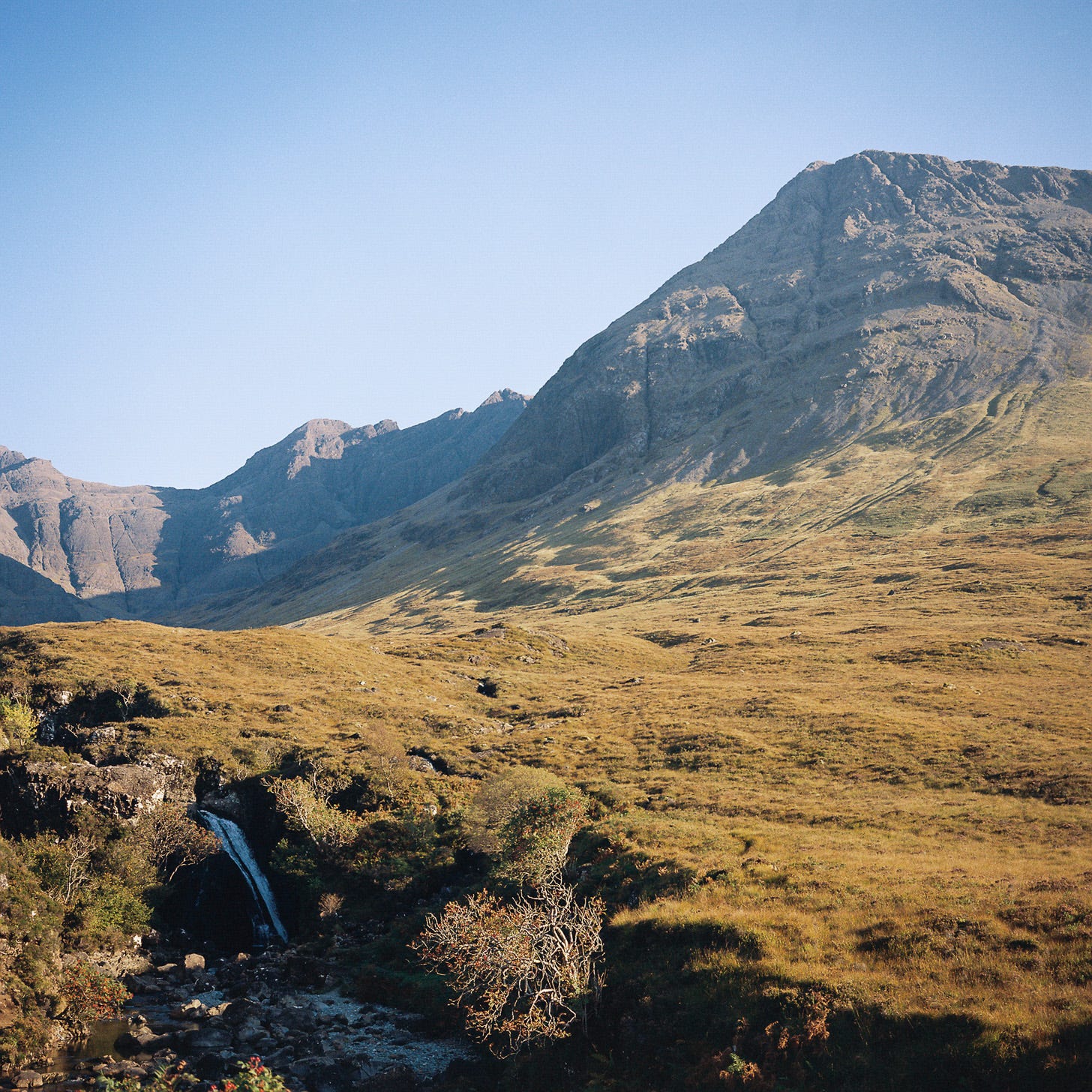
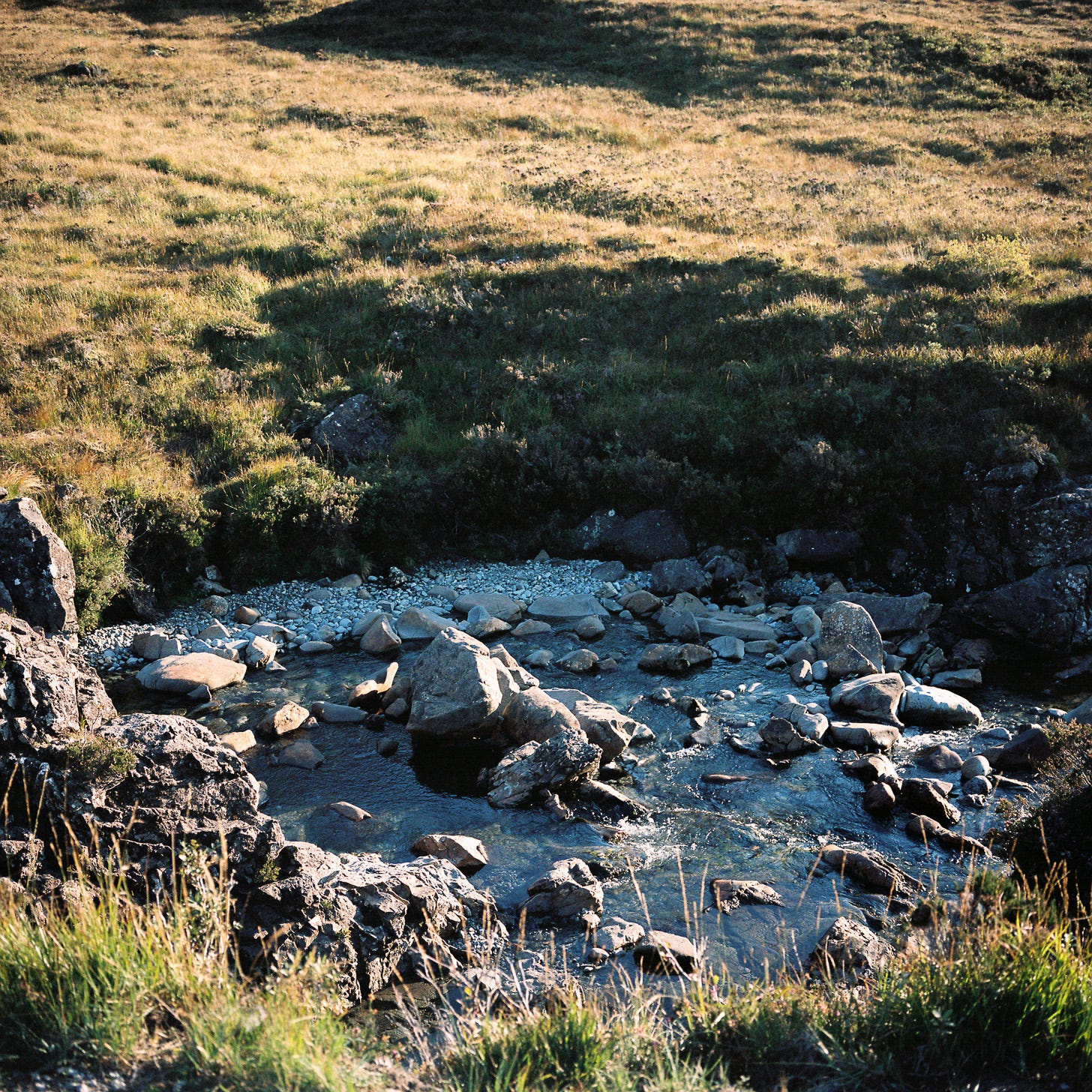


This story is oh so beautiful. I felt myself teetering on the edge of the world as I read it. And then your mystical conclusion, and perhaps guidance all along the way, took my breath away. “I felt like she had sent me to this place: a place where women are acquainted with their wildness, and where children might find their mothers even after they’ve gone.”
This is beautiful and perfect and just what I needed to read right now. Thank you, Maddie, for sharing this experience and these words with us.